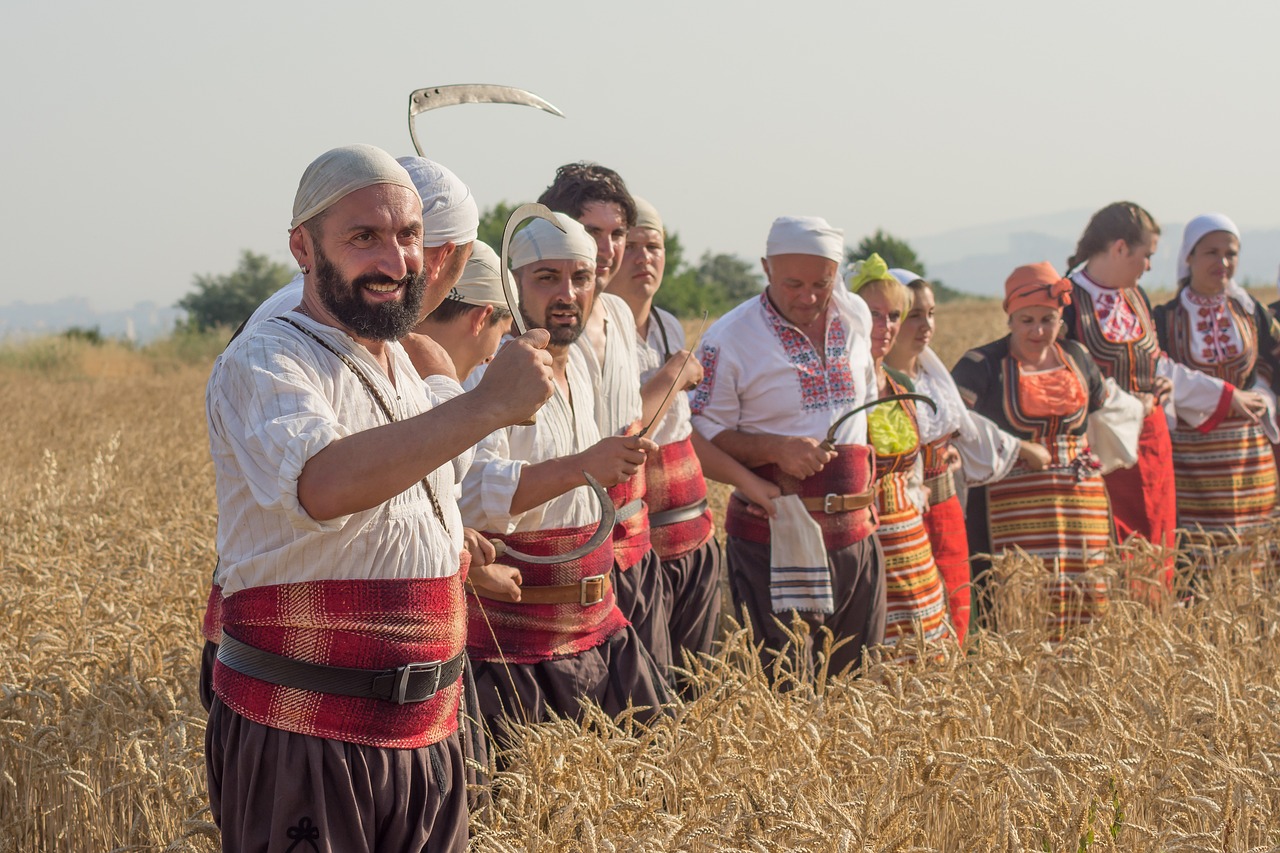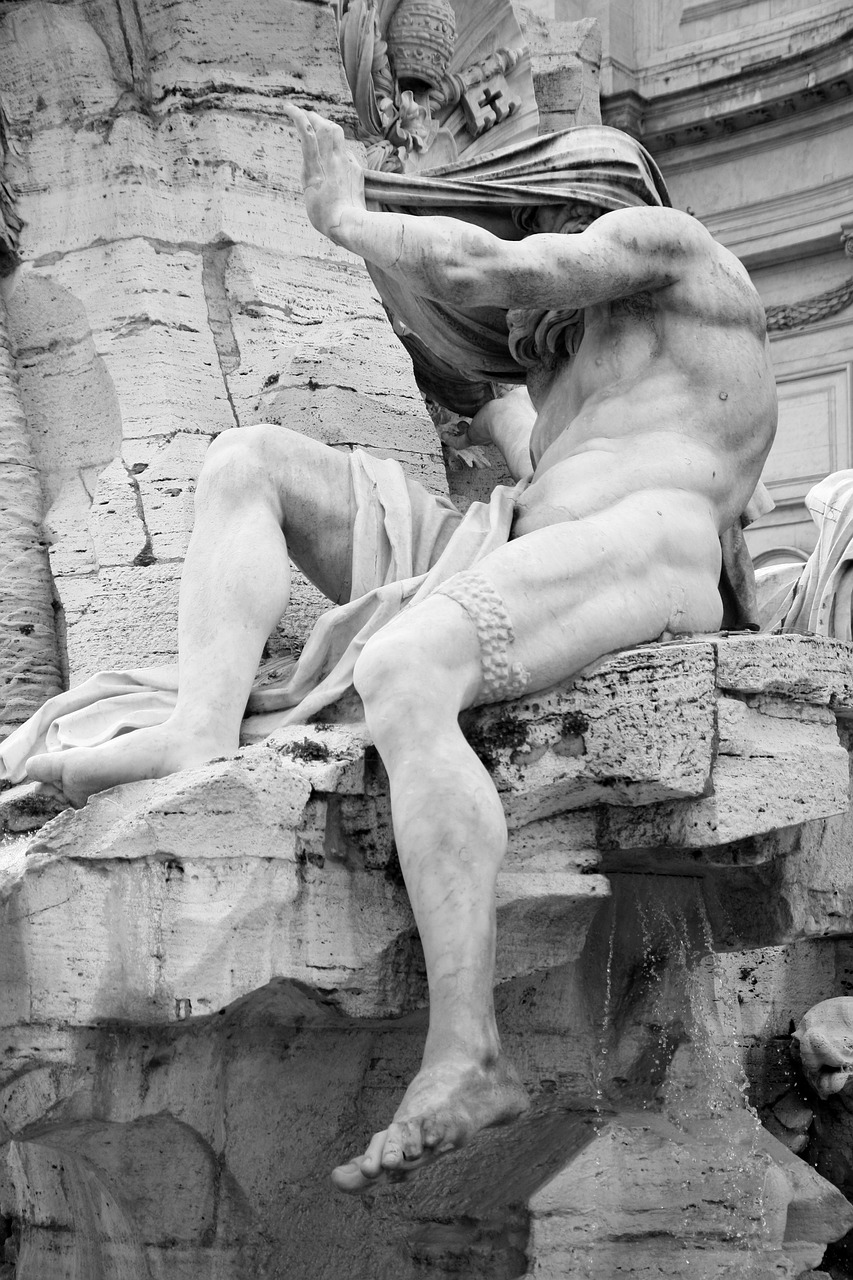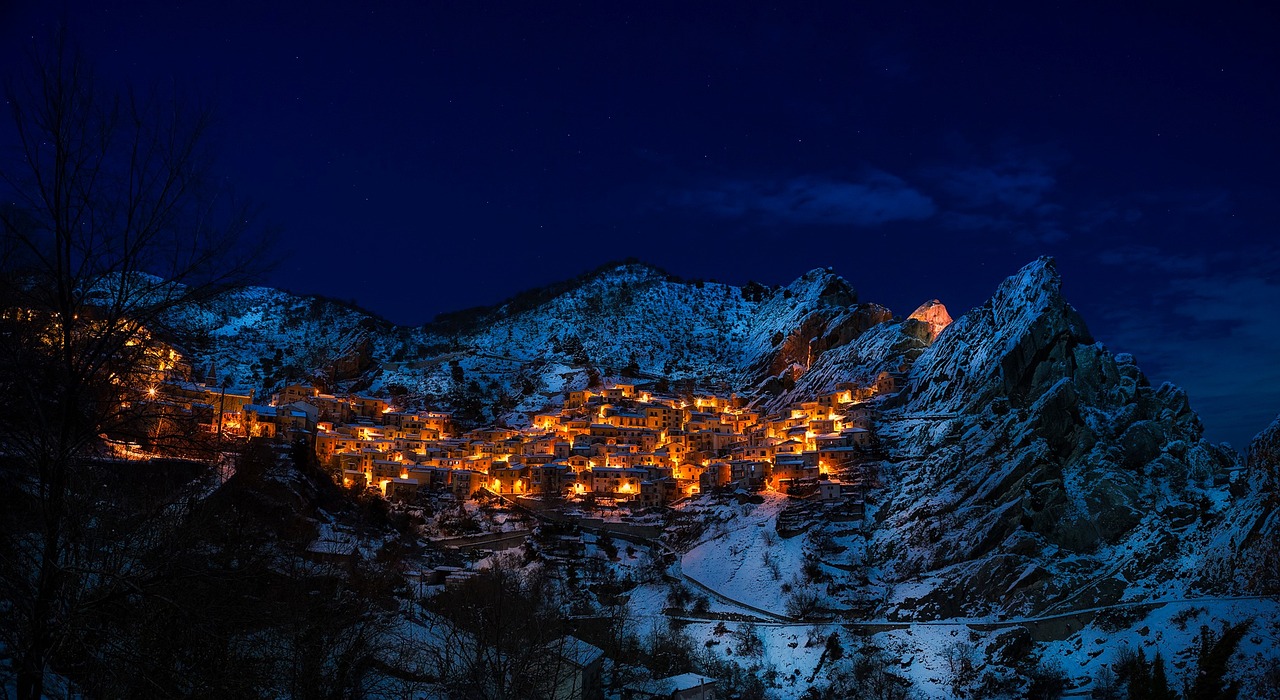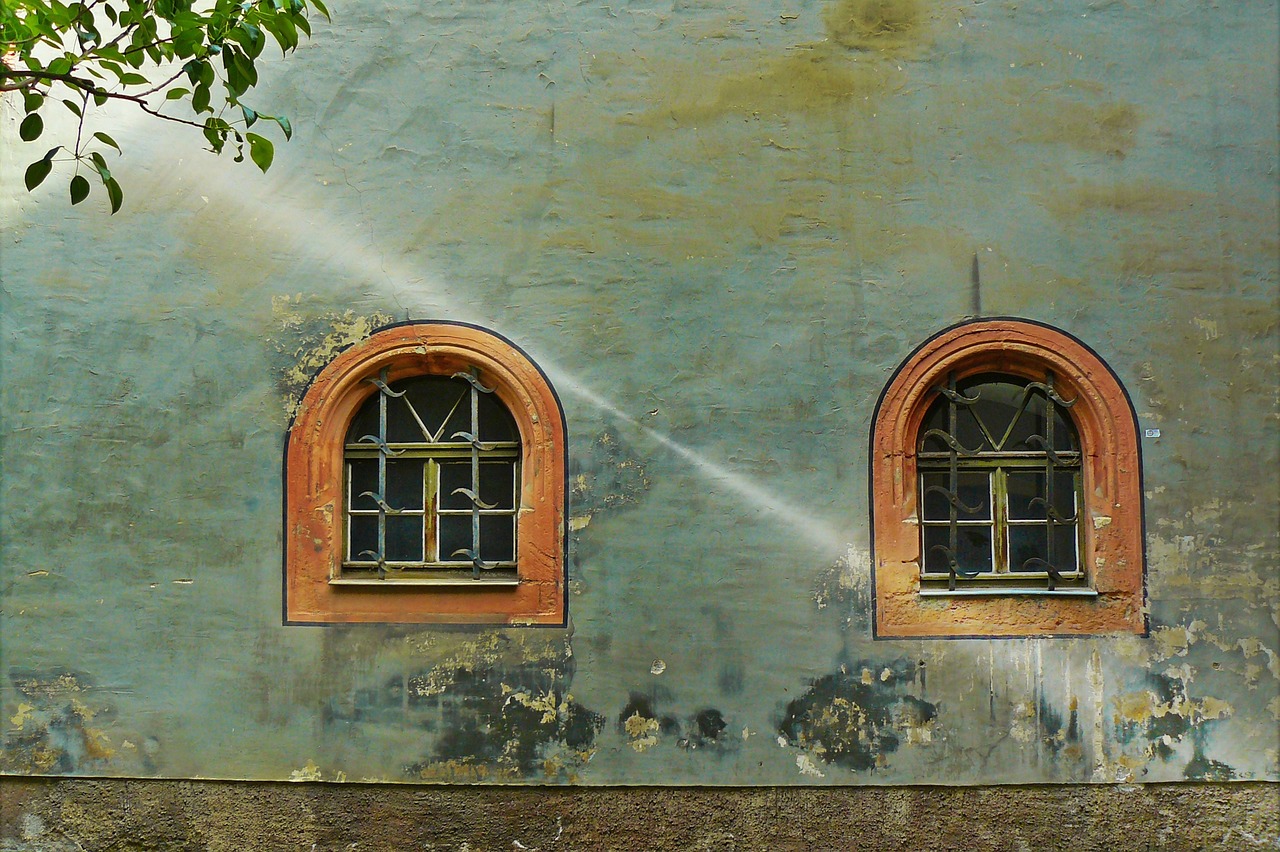Nestled amidst the majestic Rila Mountains of Bulgaria, Rila Monastery stands as a testament to the rich historical and cultural heritage of the country.
Often referred to as Bulgaria’s sacred icon, this renowned monastery has captivated the hearts and minds of visitors from around the world.
Steeped in centuries of history, the monastery’s origins can be traced back to the 10th century, when it was founded by St. Ivan of Rila.
Over the years, it has evolved into a spiritual, educational, and cultural center, playing a vital role in shaping the identity of Bulgaria.
As a national museum and historical reserve, Rila Monastery offers a glimpse into the past through its impressive architecture and a treasure trove of artifacts from the 14th to 19th centuries.
Whether exploring the main church, admiring the residential and farming buildings, or wandering through the museum, visitors are transported to a bygone era of artistic brilliance and religious devotion.
Accommodations, a bookstore, and souvenir shops ensure that guests have all the amenities they need for a memorable stay.
To truly immerse oneself in the spiritual aura of this sacred place, a visit to the nearby cave of St. Ivan of Rila is highly recommended.
With its serene surroundings and cultural significance, Rila Monastery continues to be an enchanting destination for those seeking freedom through exploration.
Key Takeaways
- Rila Monastery is a symbol of Bulgaria and a popular tourist destination.
- It was founded in the first half of the 10th century by St. Ivan of Rila.
- The monastery is located in the Rila Mountains, near the town of Kocherinovo.
- It is a National Historical Reserve and a UNESCO World Cultural Heritage site.
Location and History
The Rila Monastery, located in the recesses of Rila Mountain between Rilska and Drushlyavitsa Rivers, was founded in the first half of the 10th century and has served as the spiritual, educational, and cultural center of Bulgaria.
With its rich history and cultural significance, the monastery holds a special place in the hearts of Bulgarians and is a symbol of their national identity.
Throughout the years, the monastery has undergone restoration and preservation efforts to ensure its longevity and to protect its historical and architectural value. These efforts have been crucial in maintaining the monastery’s authenticity and allowing visitors to experience its unique charm.
As a result, the Rila Monastery has been recognized as a UNESCO World Cultural Heritage site, attracting tourists from all over the world who are eager to explore its remarkable history and immerse themselves in its cultural influence.
Architecture and Artifacts
Situated in the Rila Mountains, the architectural complex of the monastery showcases impressive wood-carved iconostases and wall-paintings in the main church, built in the 19th century.
The wood-carved iconostases in the main church are a testament to the exquisite craftsmanship of Bulgarian artisans. These intricate and detailed carvings depict religious scenes and figures, creating a sense of spiritual reverence within the church.
The wall-paintings further enhance the beauty of the interior, with vibrant colors and intricate designs.
Aside from the main church, the monastery also houses an exhibition of farming equipment. This exhibition offers visitors a glimpse into the traditional agricultural practices of the region, showcasing tools and machinery used by the monks in their farming activities.
Overall, the architecture and artifacts of Rila Monastery provide a captivating insight into the rich cultural heritage of Bulgaria.
Visitor Information
Located in the heart of the Rila Mountains, the architectural complex of the monastery offers a range of visitor information and services. Whether you are planning a trip to Rila Monastery or are already there, the monastery provides various services to enhance your experience. From accommodation options to parking facilities, the monastery strives to cater to the needs of its visitors. Additionally, the monastery houses a bookstore and shops where you can purchase icons, souvenirs, and Bulgarian crafted items to commemorate your visit. If you have any questions or need further information, you can easily contact the monastery via phone or email. Moreover, while exploring the beauty of Rila Monastery, make sure to visit nearby attractions such as the Holy Trinity Temple in Bansko and the town of Sapareva Banya, which are highly recommended for their cultural and historical significance.
| Visitor Services | Nearby Attractions |
|---|---|
| Accommodation options | Holy Trinity Temple in Bansko |
| Parking facilities | Sapareva Banya |
| Bookstore and shops | |
| Contact information |
Frequently Asked Questions
What is the significance of St. Ivan of Rila in Bulgarian history and culture?
St. Ivan of Rila holds great significance in Bulgarian history and culture. His establishment of Rila Monastery and his role as a hermit and saint have had a profound impact on Bulgarian society, serving as a spiritual, educational, and cultural center for the country.
How did the relics of St. Ivan of Rila end up in Sredets (Sofia) and when were they returned to Rila Monastery?
The relics of St. Ivan of Rila were like wandering stars, temporarily finding their place in Sredets (Sofia) under Tsar Peter. However, they found their eternal home in Rila Monastery in 1469.
How many metochions did Rila Monastery establish during the Bulgarian Revival Period and what was their purpose?
During the Bulgarian Revival Period, Rila Monastery established approximately 50 metochions in Bulgarian towns and villages. These metochions served as branch monasteries that provided religious, educational, and cultural services to local communities, contributing to the preservation and revival of Bulgarian identity.
When was Rila Monastery declared a National Historical Reserve and included in the List of World Cultural Heritage of UNESCO?
Rila Monastery was declared a National Historical Reserve and included in the List of World Cultural Heritage of UNESCO in 1976. This recognition highlights the significance of the monastery in Bulgarian culture and the importance of its historical preservation.
What is the historical importance of Hrelyos Tower in Rila Monastery?
Hrelyos Tower in Rila Monastery holds historical significance as the oldest building in the complex, dating back to the 14th century. It serves as a testament to the architectural and cultural heritage of the monastery. The tower is a symbol of the monastery’s enduring history and is an important site for visitors to explore. Additionally, the tower provides a glimpse into the past and the role it played in the spiritual and cultural life of the monastery.









